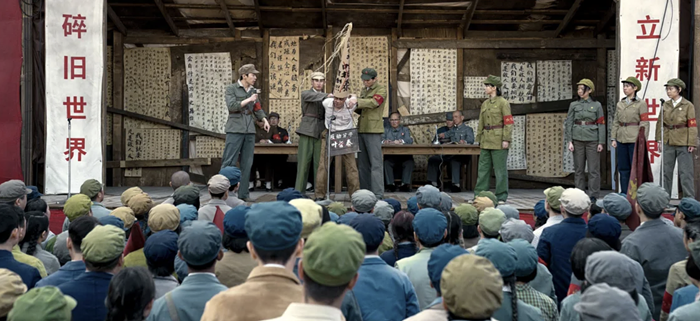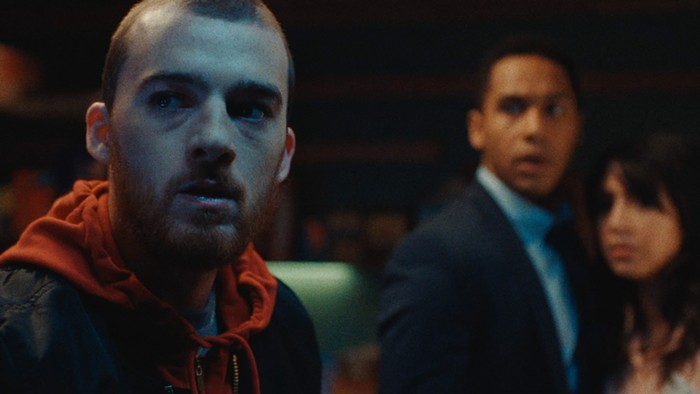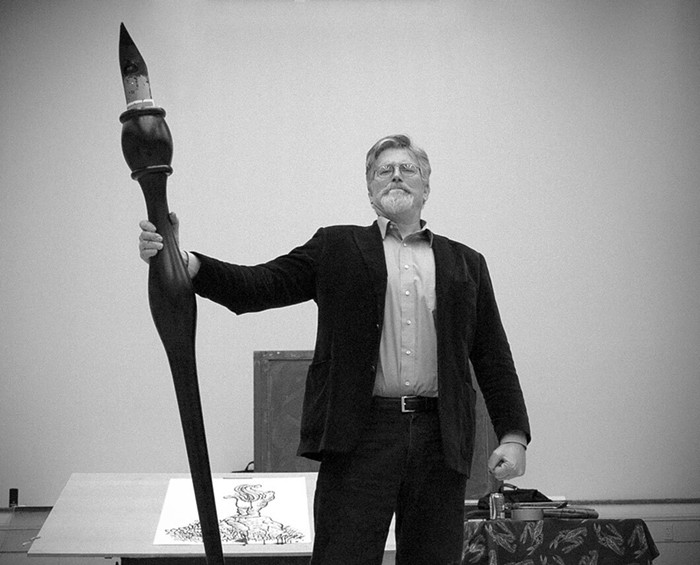The Cannes-dazzling Italian mob movie Gomorrah begins with a blank screen, upon which appear the film's credits, underscored by a piercing industrial hiss. Emanating from a film that identifies itself as a gritty mob movie, this violent, mysterious hiss fuels dreadful mental images: Is someone's face being removed with an electric sander? Is a corpse being fed into a shredder? As the hiss continued, I found myself taking a mental tour through every scene of crime-related cinematic sadism I'd ever witnessed, from the car-trunk stabbing of Good- Fellas' Billy Batts to the cramming of Steve Buscemi into Fargo's wood chipper. At last, the source of the hiss is revealed: the UV lamps of a tanning bed, beating down upon a male member of the Naples crime syndicate known as the Camorra, in a Neapolitan tanning salon that soon enough becomes a scene of carnage. It's a dazzling bait and switch and switch again, and one that perfectly encapsulates Gomorrah, a mafia movie in which every hint of glamour is killed.
Directed by Matteo Garrone and based on the book by Roberto Saviano—whose pull-no-punches reporting on the inner workings of the Camorra earned the writer police protection for life—Gomorrah does for mob movies something similar to what Robert Altman's McCabe & Mrs. Miller did for westerns, replacing monolithic, primarily cinema-fueled romance with gritty, minute-by-minute real-life detail. In Gomorrah, this involves a handful of entwined plotlines, from the pre- adolescent boy who stumbles into a job as a hit man's helper to the haute-couture tailor driven by his art to double-cross the mob to the most nefarious instance of mafia-related "waste management" in history. The most poignant plotline involves a pair of male teens, dumb and hungry and drunk on the drama of the mob—one scene finds them reenacting bits from Scarface in a blasted-out building. Soon enough the grim realities of life in a country crippled by crime devour the boys, and Gomorrah's relentless accumulation of small, quiet, horrifying details ultimately proves heartbreaking.
With its devotion to the mundane, Gomorrah flirts at times with boredom—as The Wire did its best to show, there's a lot of dull waiting around between bursts of criminal excitement. But even these flirtations with boredom land as further evidence of the filmmaker's intelligence, both aesthetically and morally. After decades of cinematic depictions that couldn't help but glamorize the mob, Gomorrah offers a grim portrait of a world no sane person would ever inhabit willingly. It's a great gesture and a great movie. ![]()



















